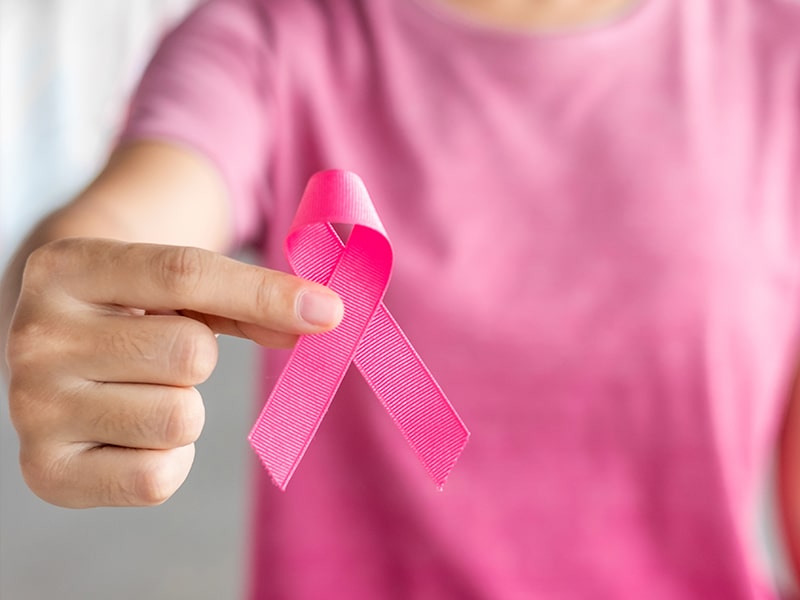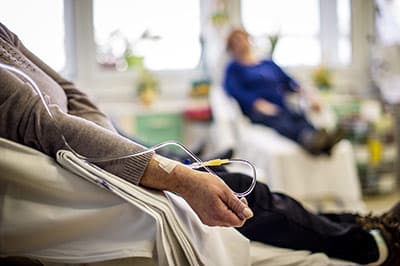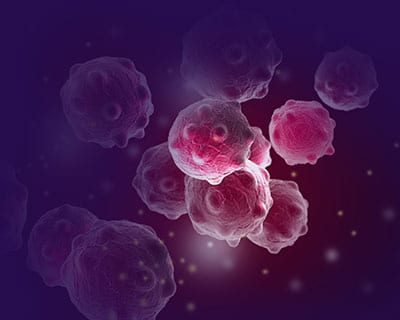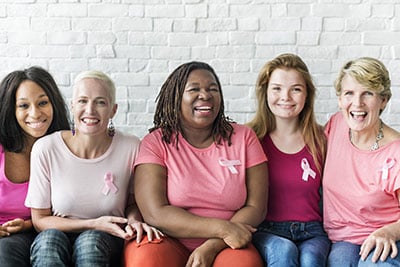Breast cancer is one of the most common types of cancer among American women, with more than 300,000 diagnosed each year.
And younger people are increasingly at risk, with reported cases among women in their 40s rising 2% each year between 2015 and 2019. That’s why in spring 2023 an influential task force recommended women start getting mammograms at age 40, rather than 50.
But that’s only for women at average risk. Patients with more risk factors should take more precautions, says Katrina Birdwell, MD, FACS, breast surgeon on the medical staff at Methodist Dallas Medical Center.
“If a woman knows she’s at high risk for breast cancer, she should not wait until 40 to get a mammogram,” she says. “She should get high-risk screening tailored to her risk factors as soon as she turns 25. This could include breast ultrasounds, breast MRIs and mammograms, typically starting at age 30.”
With so many women affected by this disease, it’s hard to overstate the importance of getting screened and consulting a doctor for help, says Jenevieve Hughes, MD, breast surgeon on the medical staff at Methodist Richardson Medical Center.
“We want to encourage people not to skip their annual mammograms,” Dr. Hughes says. “Delaying the exam only results in delayed care.”
There’s no time like the present to speak with your doctor and consider a few more words of warning from Dr. Hughes:
1. YOU MAY NEED CHEMOTHERAPY EVEN WITH EARLY-STAGE CANCER
Doctors use a process called “staging” to diagnose cancer and determine how far it has developed. The later the stage, the more advanced the cancer.
“Previously, the stage of the cancer was determined by the tumor’s size and whether it had spread to the lymph nodes or elsewhere in the body,” Dr. Hughes says. But in 2018, the guidelines were revised to account for more details.
“The new staging system provides a fuller picture and a better understanding of the cancer’s biology and the patient’s prognosis. There are different subtypes of breast cancer, so there’s no one-size-fits-all answer for treatment.”
Some patients may require stronger treatments like chemotherapy or radiation early on — because staging indicators suggest their cancers are more aggressive.
“I tell patients they have to be cautious when comparing themselves to others,” Dr. Hughes says. “The treatment one woman needs may be very different from what another woman needs, depending on the characteristics of her cancer.”
2. THERE IS ALWAYS A CHANCE OF RECURRENCE
A common misconception is that removing both breasts with a double mastectomy will prevent the cancer from returning. In truth, Dr. Hughes says, the risk is never zero.
“A double mastectomy can reduce the risk of cancer, but there’s no guarantee that cancer will never return to the chest or another part of the body, so we have to have a detailed conversation about whether a mastectomy is the best option,” she says.
There are additional treatment options aside from surgery, including radiation, chemotherapy, or endocrine therapy, which blocks the hormones that help cancer cells grow.
“Some patients only require one type of treatment, and others may need a combination of treatments,” Dr. Hughes says.
3. SPEAK WITH YOUR FAMILY AND DOCTOR ABOUT RISK FACTORS
Research shows there are multiple risk factors linked to breast cancer. Many of them are beyond our control, including genetic mutations, aging, and reproductive history, according to the Centers for Disease Control and Prevention (CDC).
Talking with family members about any shared medical history is important to identify patterns of disease and can help calculate the risk of cancer.
There may also be an environmental component to consider. The CDC lists several risk factors for breast cancer, including:
- Smoking
- Being overweight after menopause
- Not being physically active
“Each of these risk factors tweaks the calculator a little, but it’s important to keep in mind that no one thing can determine whether you’ll get breast cancer,” Dr. Hughes says.
She also warns patients against believing everything they read on the internet.
“If there is a risk factor you’re concerned about, it’s best to speak with your doctor about it.”
4. ANNUAL SCREENINGS ARE RECOMMENDED
An annual clinical breast exam by a doctor is recommended starting at age 25. Mammograms can go a long way for early detection and diagnosis.
As a general rule, Dr. Hughes suggests setting an annual appointment for a mammogram once women turn 40. But it can also depend on personal risk factors, she says. If someone has a family history of breast cancer, it’s a good idea to speak with a doctor about getting screened earlier.
Meanwhile, she advises patients to work on maintaining their overall health, including eating well, exercising regularly, and getting a proper night’s sleep of 7-8 hours each night.
“Those are all good lifelong practices to adopt for prevention and general health and wellness.”
VIDEO: Breast cancer survivors find hope in dragon boat racing.





